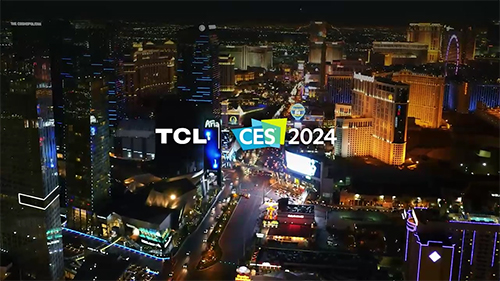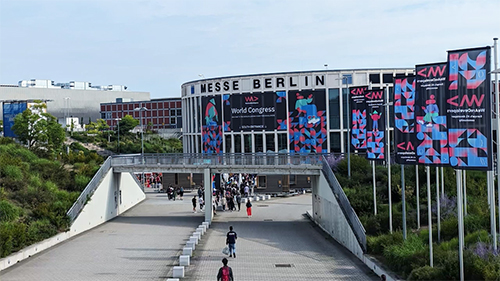VIDEO EDITING
This checklist applies to product launches, expos, promotional videos, etc., defining editors’ core responsibilities and operational standards across footage organization, rough cuts, fine editing, and delivery phases to streamline post-production workflows.
Responsibilities of Video Editors
1. Footage Organization & Pre-processing
◆ Categorize raw clips (multi-cam, aerial, interviews) chronologically/by segments;
tag usable shots and rejects.
◆ Standardize formats (resolution, frame rate, color space); transcode proxy files for
smoother editing.
2. Narrative Structuring & Rough Cut
◆ Build video structure based on scripts/event rundowns, defining climax points
and pacing shifts.
◆ Deliver rough cuts for organizer review, noting reshoot or adjustment needs.
3. Fine Editing & Effects
◆ Add transitions, motion graphics (MG animations),
and subtitles to boost visual appeal.
◆ Apply color grading (LUTs), audio noise reduction, and mixing for consistency.
4. Multi-version Adaptation & Delivery
◆ Export platform-specific versions (e.g., 16:9 landscape, 9:16 portrait, 15s shorts).
◆ Provide layered project files and isolated audio tracks for future edits or localization.
5. Collaboration & Feedback Integration
◆ Coordinate with videographers for reshoots and fix flaws
(e.g., continuity errors, shaky footage).
◆ Iterate edits based on organizer feedback;
maintain version control to prevent conflicts.
6. Copyright & Compliance
◆ Secure commercial licenses for music, fonts, and stock assets to prevent legal issues.
◆ Remove unauthorized likenesses or sensitive content
(e.g., competitor brand exposure).
7. File Management & Backup
◆ Archive raw files, project files, and finals per project with dual backups
(local + cloud).
◆ Delete temp files post-event to free up storage.
Core Competencies
◆ Mastery of editing tools (e.g., Premiere Pro/DaVinci Resolve)
◆ Audiovisual storytelling and pacing control
◆ Efficient rendering and hardware optimization
◆ Cross-team communication and stress tolerance
Notes
◆ Confirm brand guidelines (fonts, colors, logo placement) with organizers pre-event.
◆ Set daily milestones for large projects to prevent last-minute rushes.
◆ For global projects, account for time zones and multilingual subtitle formatting
(e.g., Arabic right-aligned).
Note: Use automation tools (e.g., PluralEyes for sync) to boost efficiency; assign editor-assistant roles for complex projects.





